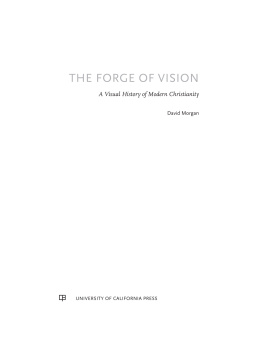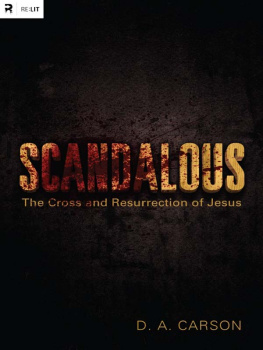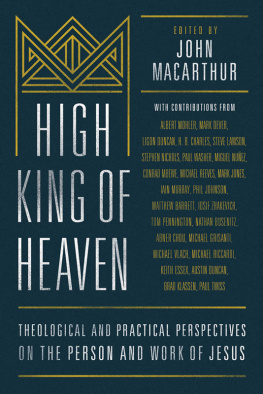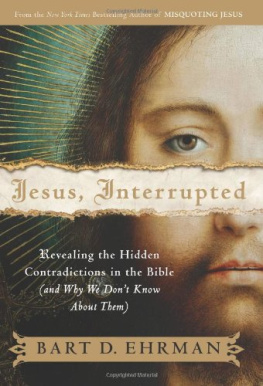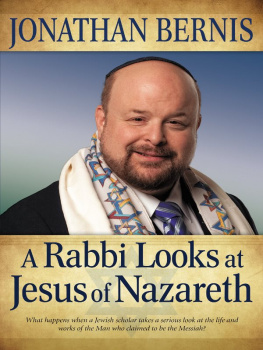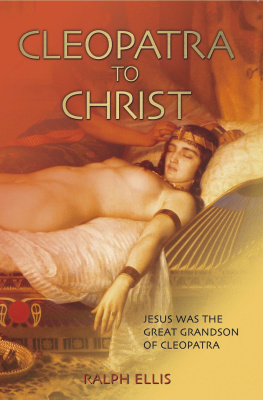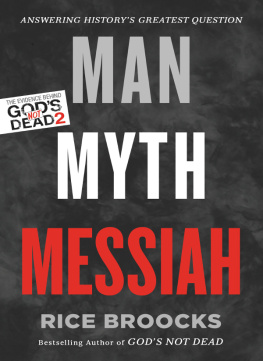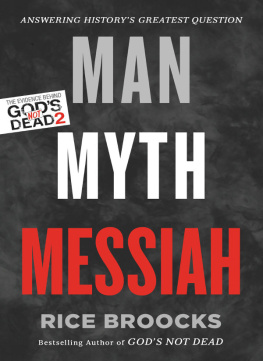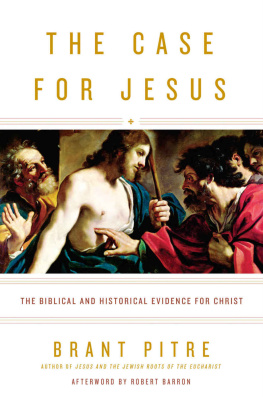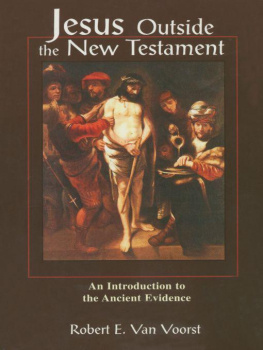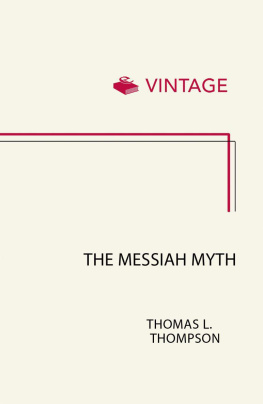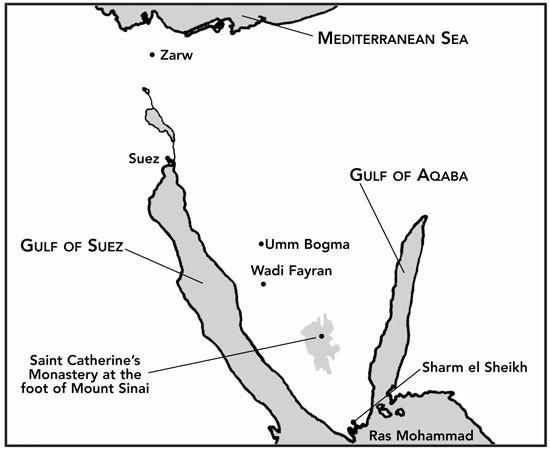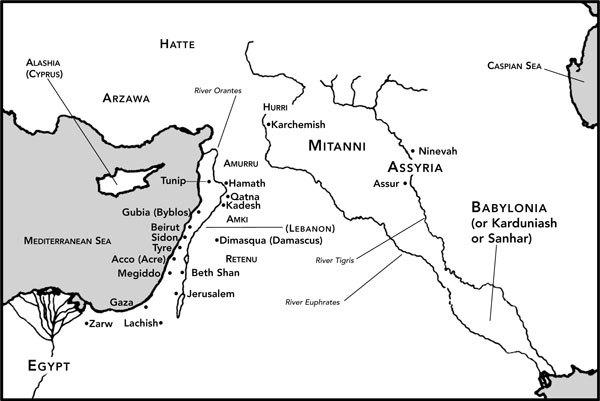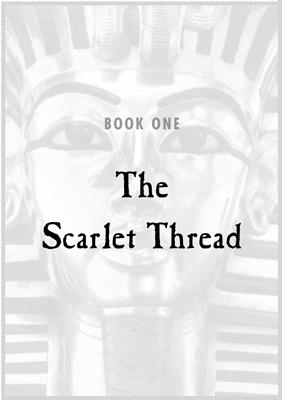Jesus Christ - Jesus in the house of the pharaohs : the Essene revelations on the historical Jesus
Here you can read online Jesus Christ - Jesus in the house of the pharaohs : the Essene revelations on the historical Jesus full text of the book (entire story) in english for free. Download pdf and epub, get meaning, cover and reviews about this ebook. City: Rochester, Vt, year: 2004, publisher: Bear & Co, genre: Religion. Description of the work, (preface) as well as reviews are available. Best literature library LitArk.com created for fans of good reading and offers a wide selection of genres:
Romance novel
Science fiction
Adventure
Detective
Science
History
Home and family
Prose
Art
Politics
Computer
Non-fiction
Religion
Business
Children
Humor
Choose a favorite category and find really read worthwhile books. Enjoy immersion in the world of imagination, feel the emotions of the characters or learn something new for yourself, make an fascinating discovery.

- Book:Jesus in the house of the pharaohs : the Essene revelations on the historical Jesus
- Author:
- Publisher:Bear & Co
- Genre:
- Year:2004
- City:Rochester, Vt
- Rating:5 / 5
- Favourites:Add to favourites
- Your mark:
Jesus in the house of the pharaohs : the Essene revelations on the historical Jesus: summary, description and annotation
We offer to read an annotation, description, summary or preface (depends on what the author of the book "Jesus in the house of the pharaohs : the Essene revelations on the historical Jesus" wrote himself). If you haven't found the necessary information about the book — write in the comments, we will try to find it.
Abstract: A provocative thesis that the historical Jesus was connected to the royal 18th dynasty of Egypt Contends that Jesus, Joshua, and Tutankhamun were the same person Provides evidence from church documentation, the Koran, the Talmud, and archaeology that the Messiah came more than a millennium before the first century C.E. Shows that Christianity evolved from Essene teachings Although it is commonly believed that Jesus lived during the first century C.E., there is no concrete evidence to support this fact from the Roman and Jewish historians who would have been his contemporaries. The Gospel writers themselves were of a later generation, and many accounts recorded in the Old Testament and Talmudic commentary refer to the coming of the Messiah as an event that had already occurred. Using the evidence available from archaeology, the Dead Sea Scrolls, the Koran, the Talmud, and biblical sources, Ahmed Osman provides a compelling case that both Jesus and Joshua were one and the same--a belief echoed by the early Church Fathers--and that this person was likewise the pharaoh Tutankhamun, who ruled Egypt between 1361 and 1352 B.C.E. and was regarded as the spiritual son of God. Osman contends that the Essene Christians--who followed Jesus teachings in secret after his murder--only came into the open following the execution of their prophet John the Baptist by Herod, many centuries later. Yet it was also the Essenes who, following the death of Tutankhamun and his father Akhenaten (Moses), secretly kept the monotheistic religion of Egypt alive. The Essenes believed themselves to be the people of the New Covenant established between their Lord and themselves by the Teacher of Righteousness, who was murdered by a wicked priest. The Dead Sea Scrolls support Osmans contention that this Teacher of Righteousness was in fact Jesus
Jesus Christ: author's other books
Who wrote Jesus in the house of the pharaohs : the Essene revelations on the historical Jesus? Find out the surname, the name of the author of the book and a list of all author's works by series.

